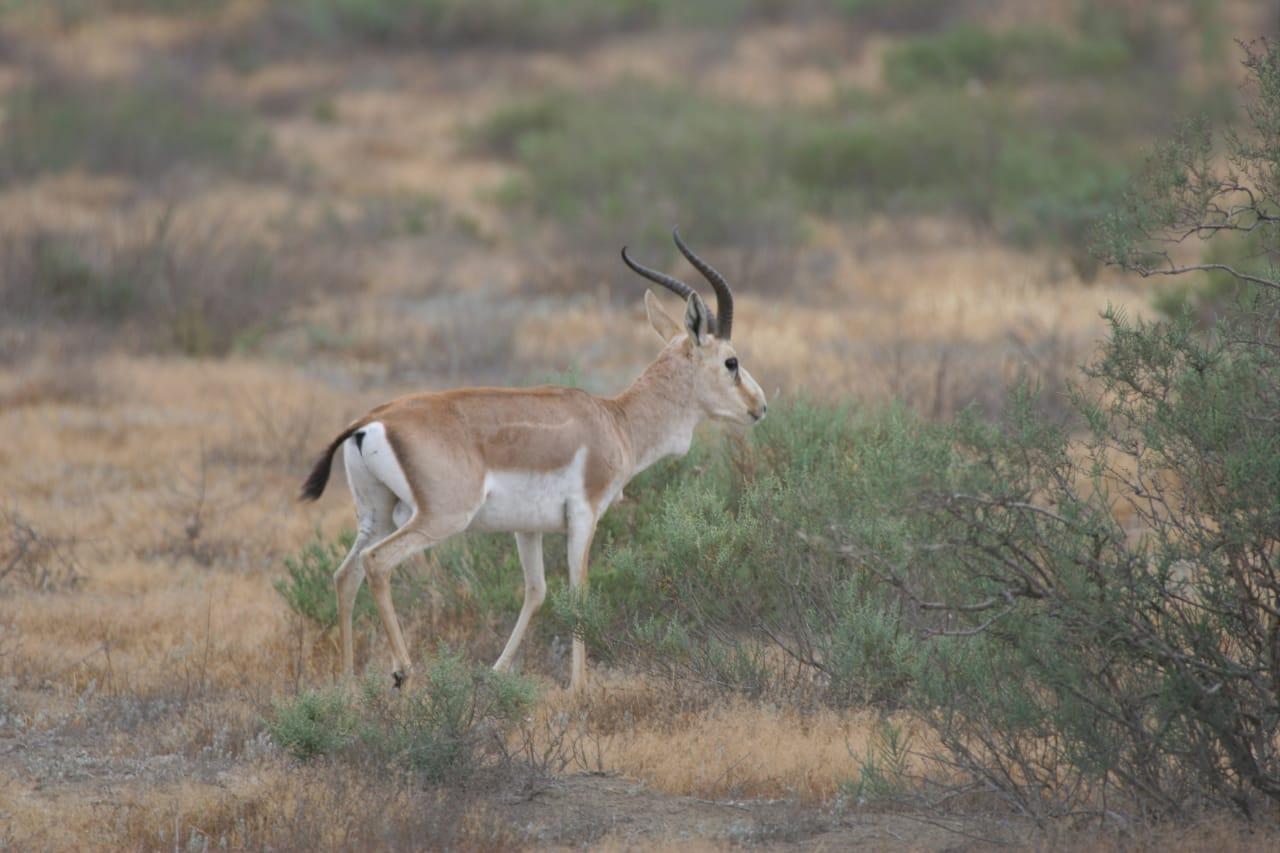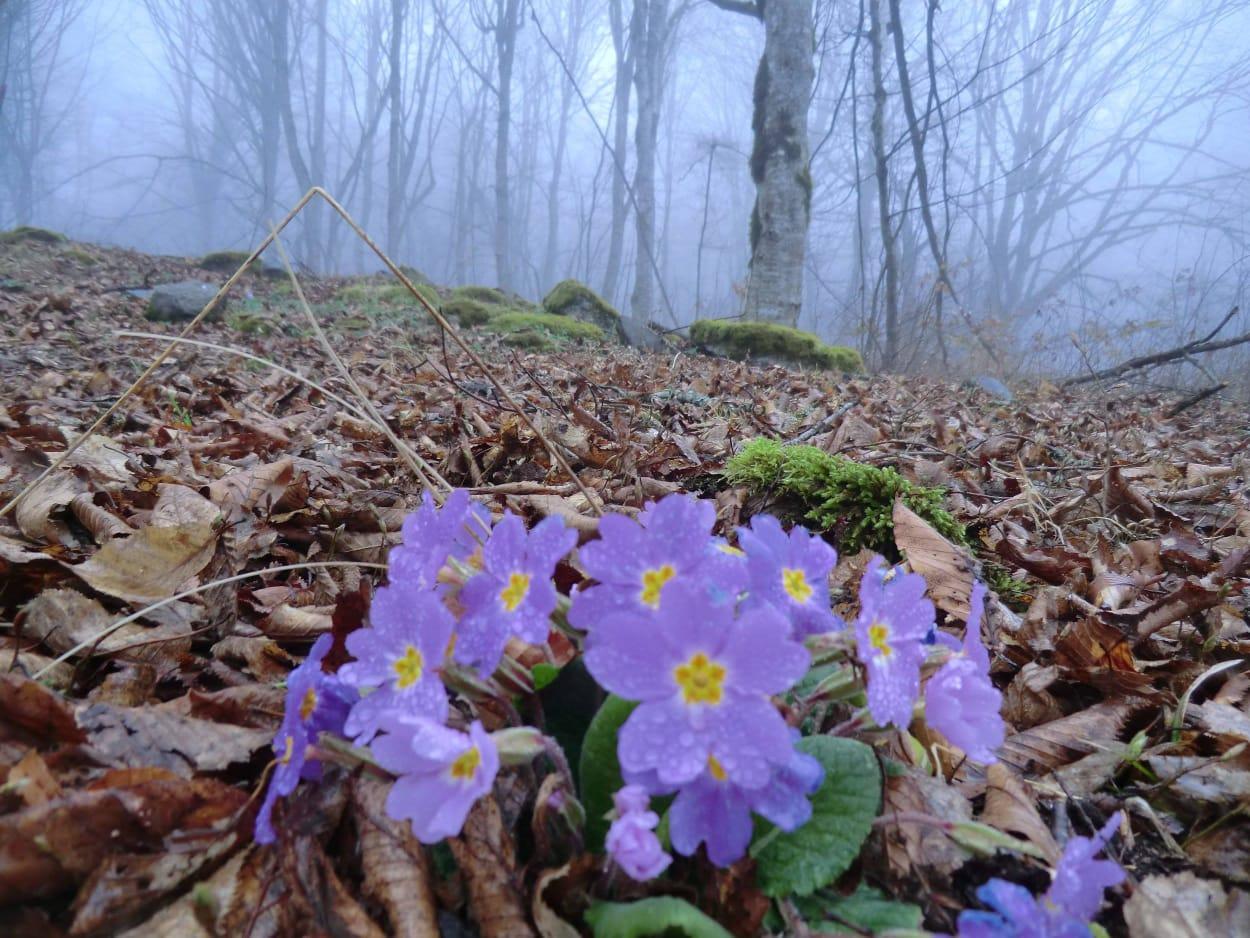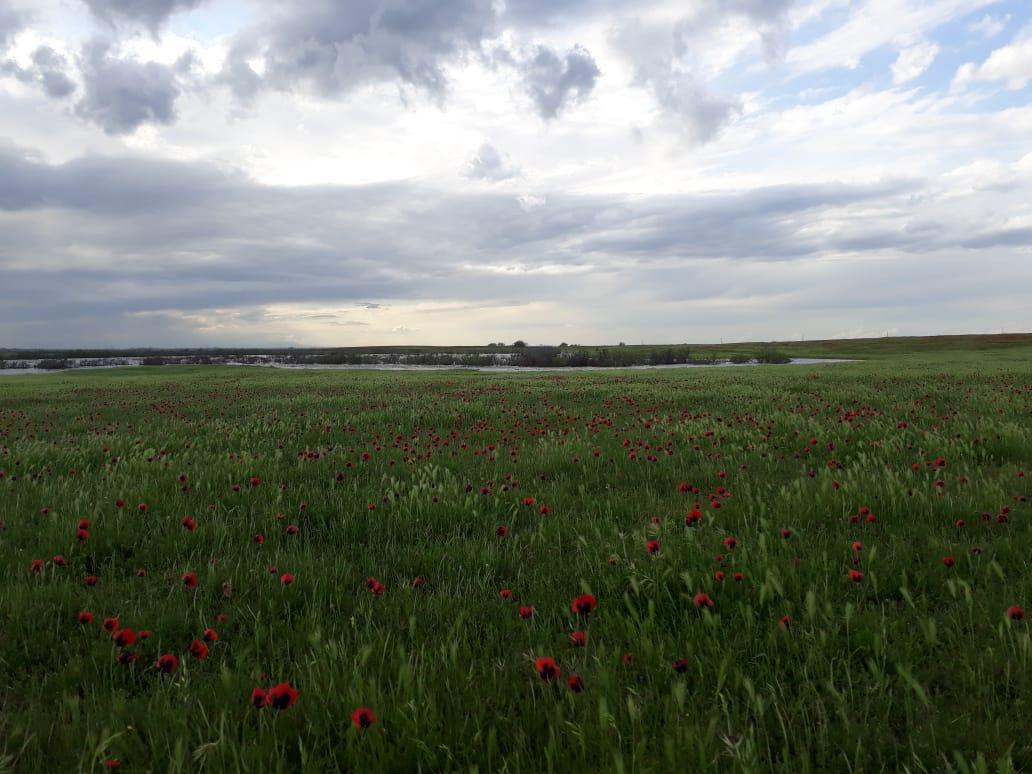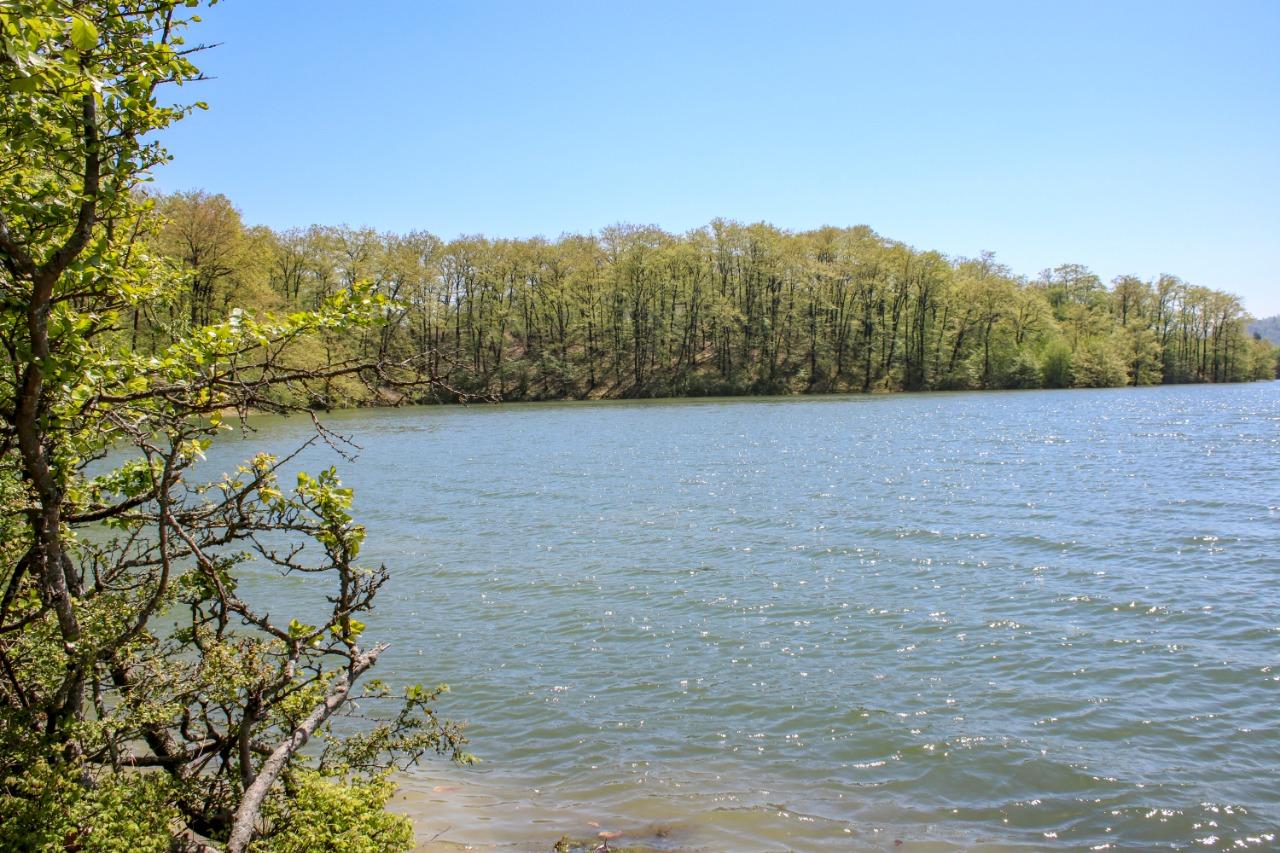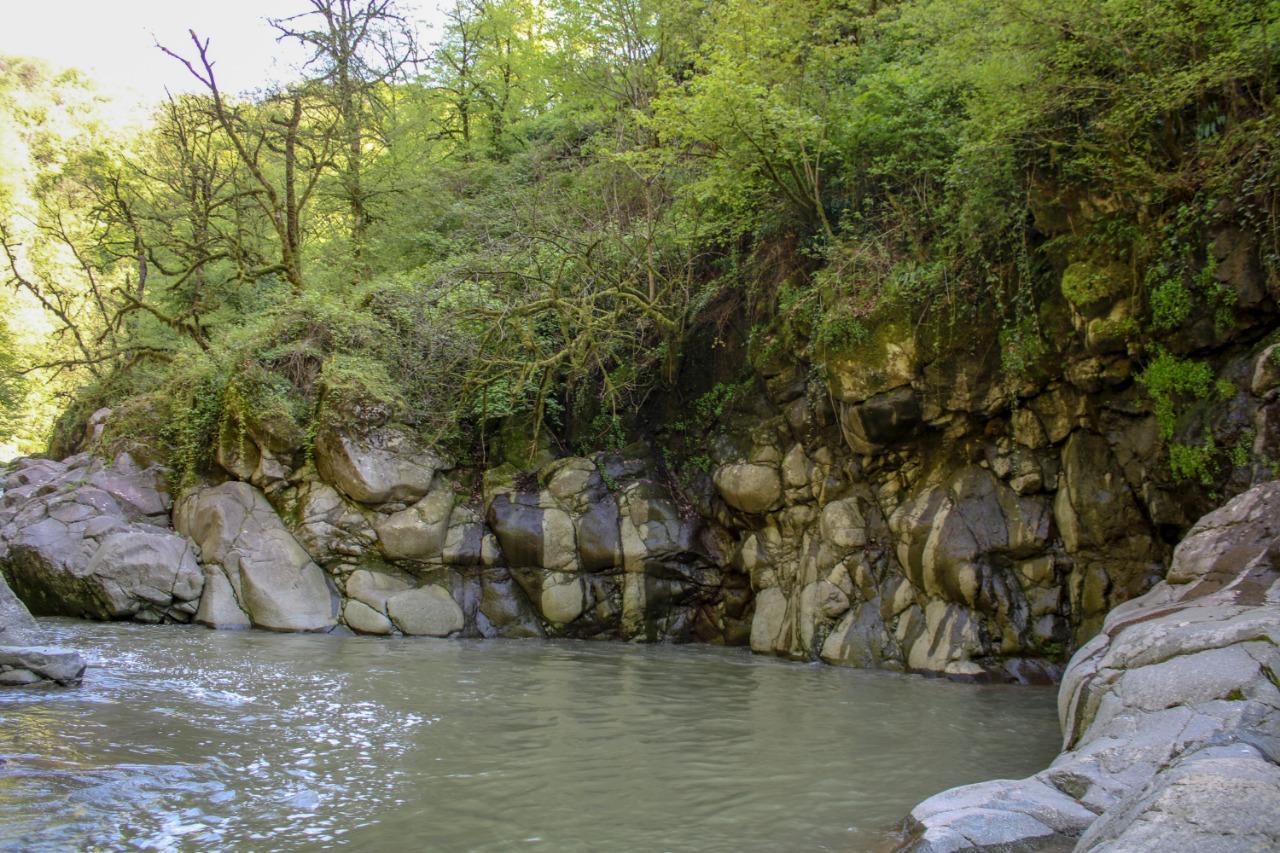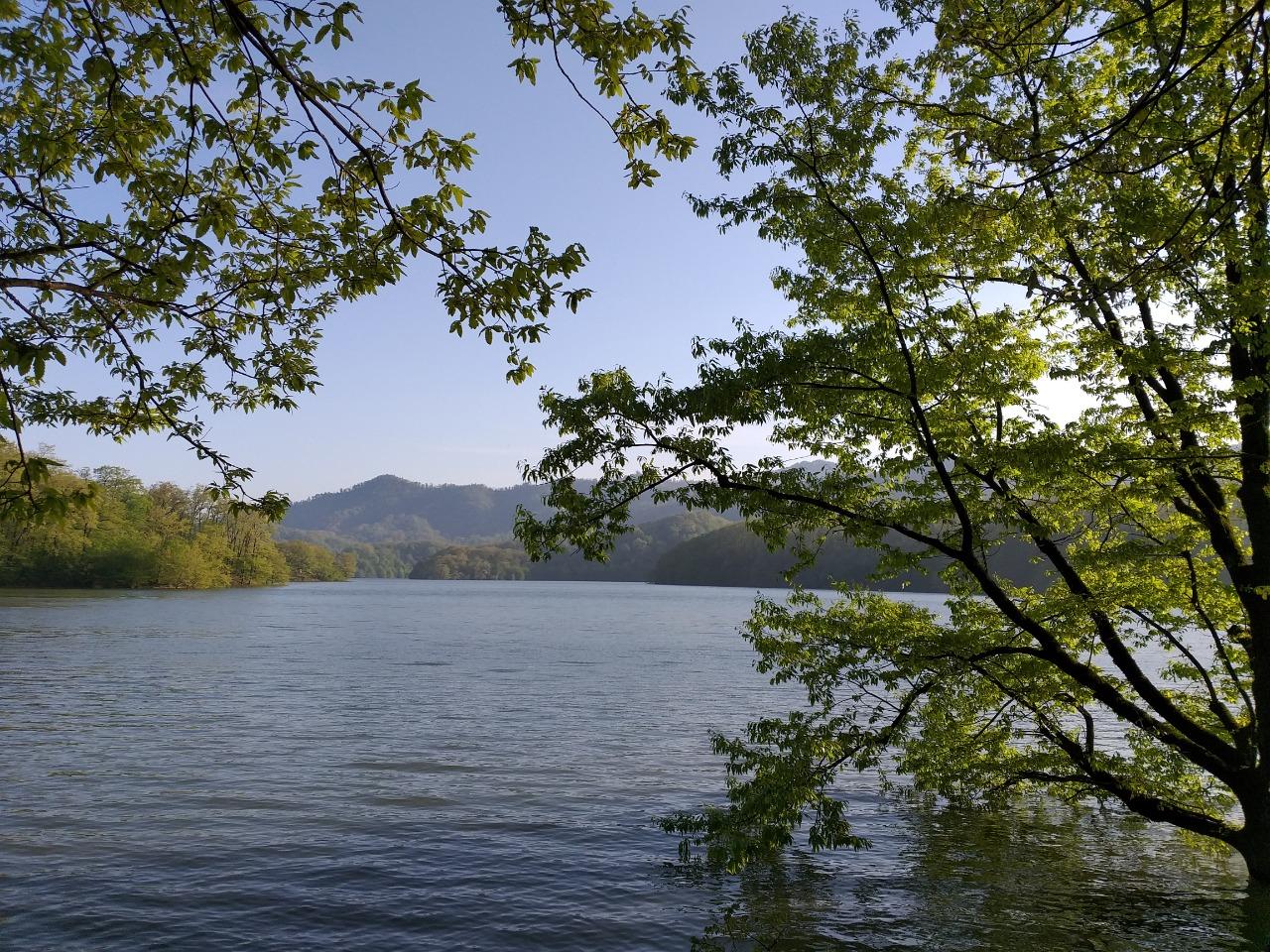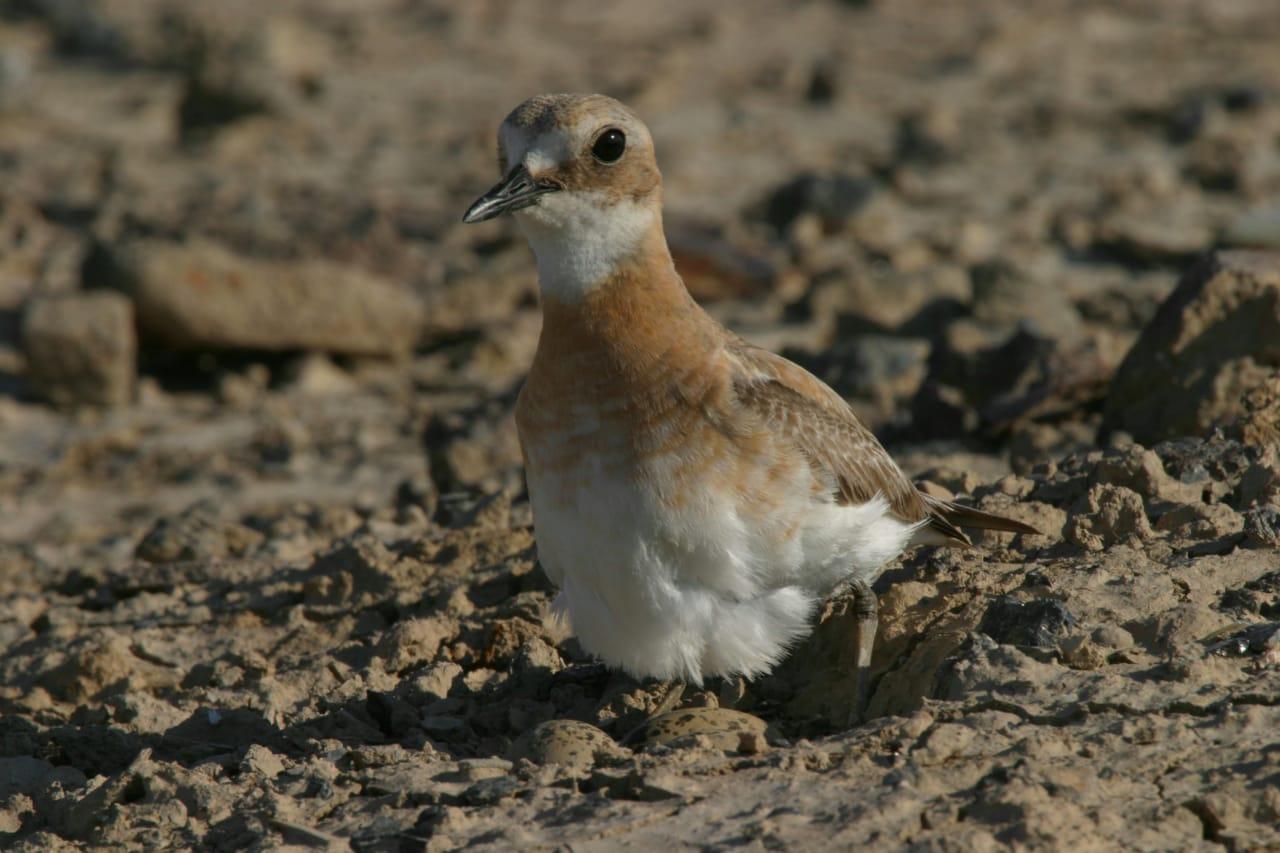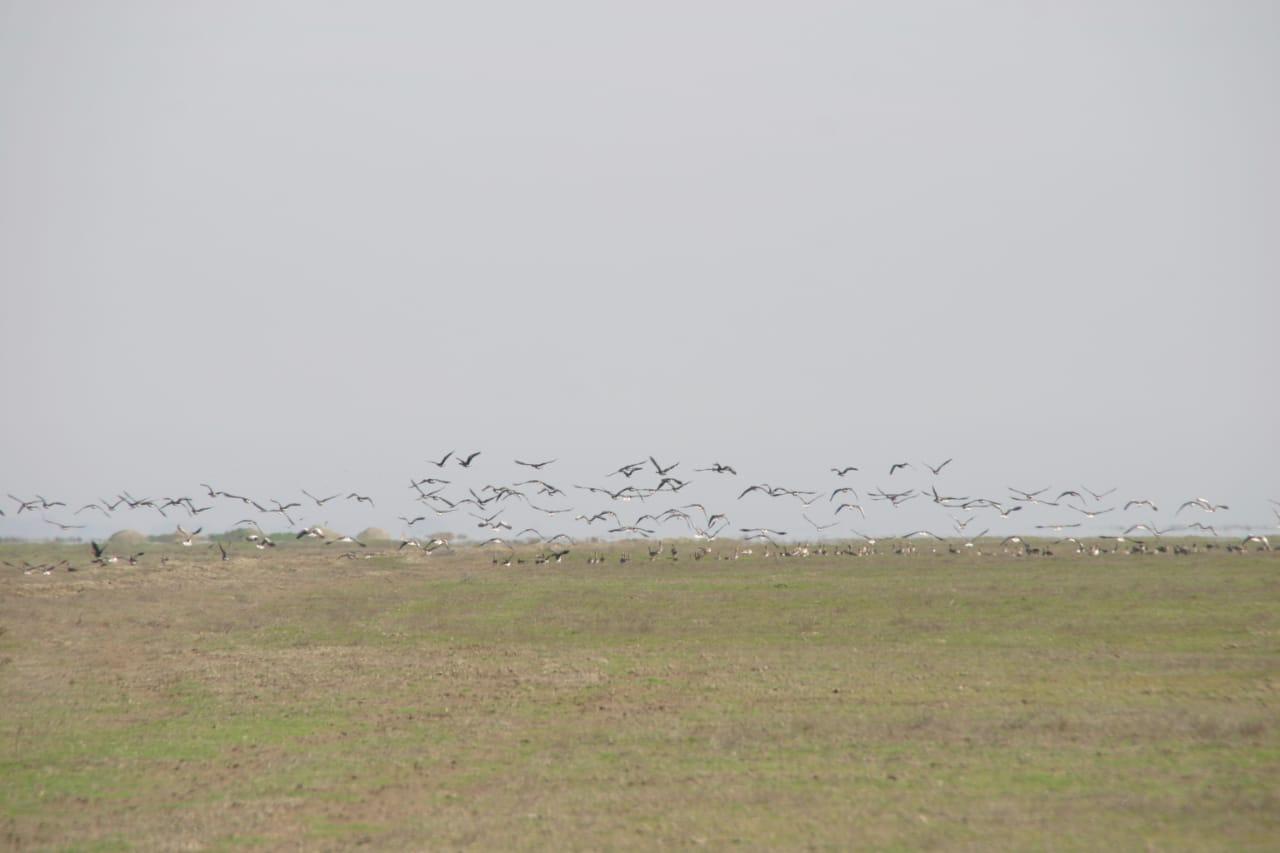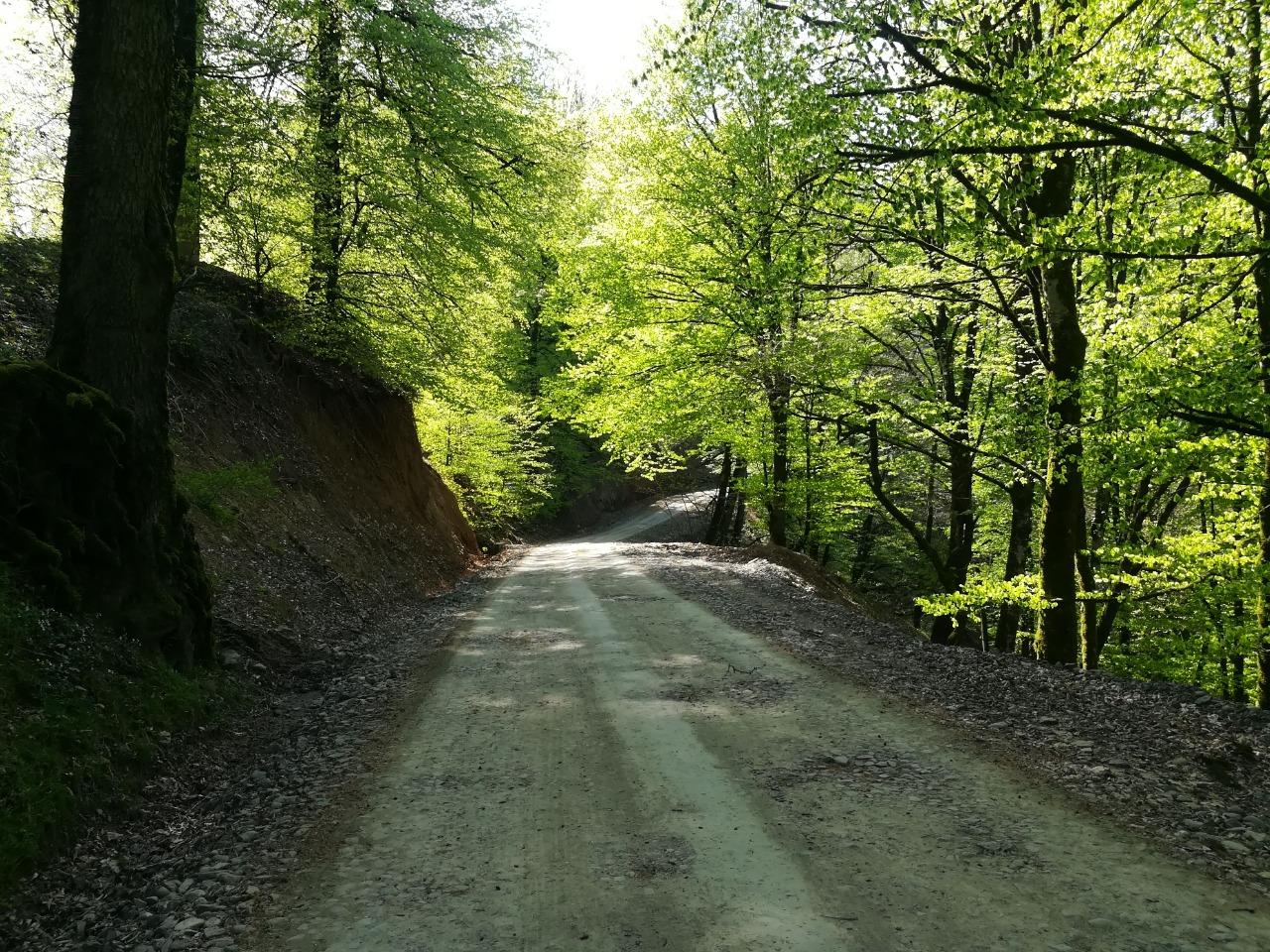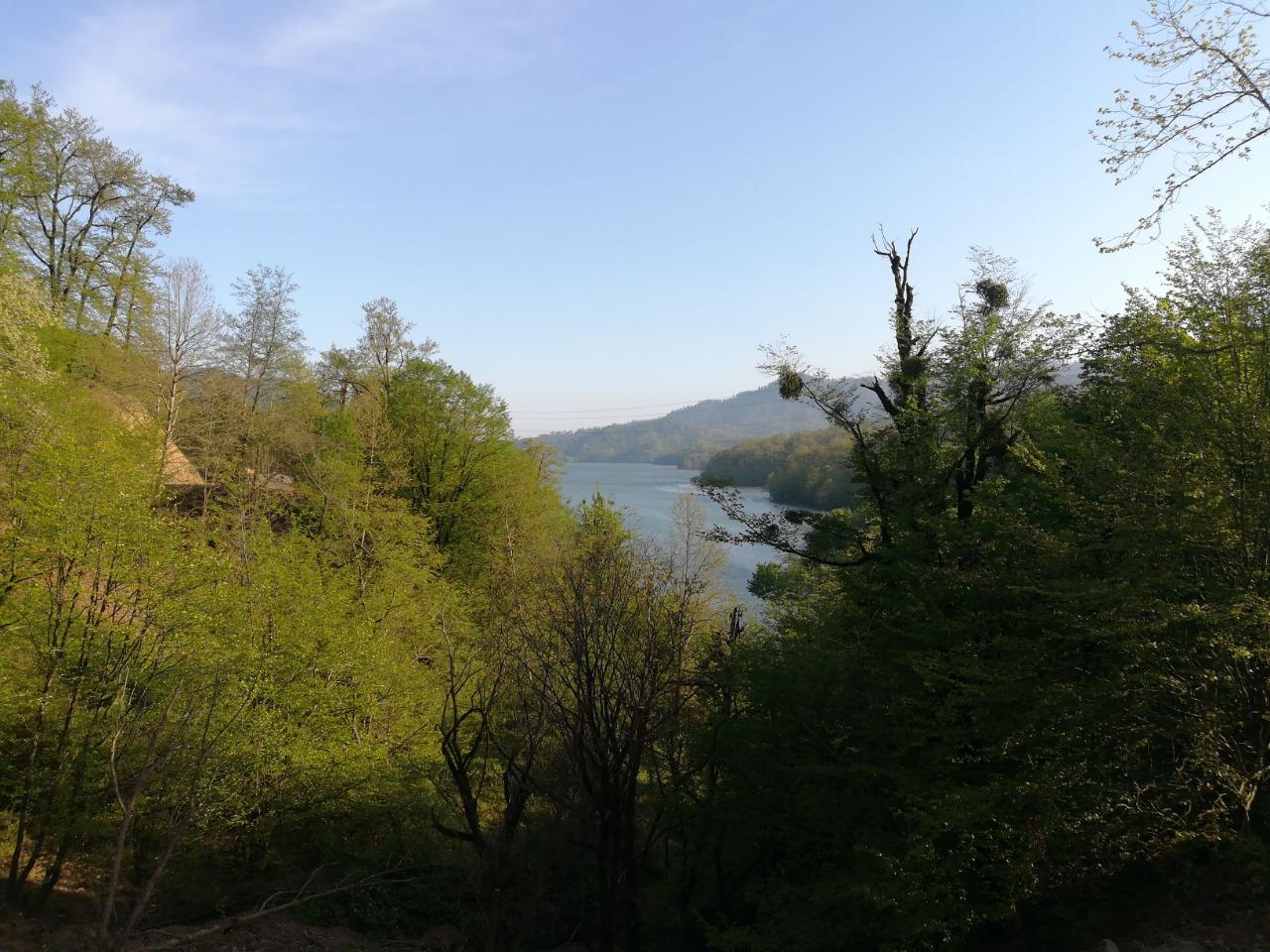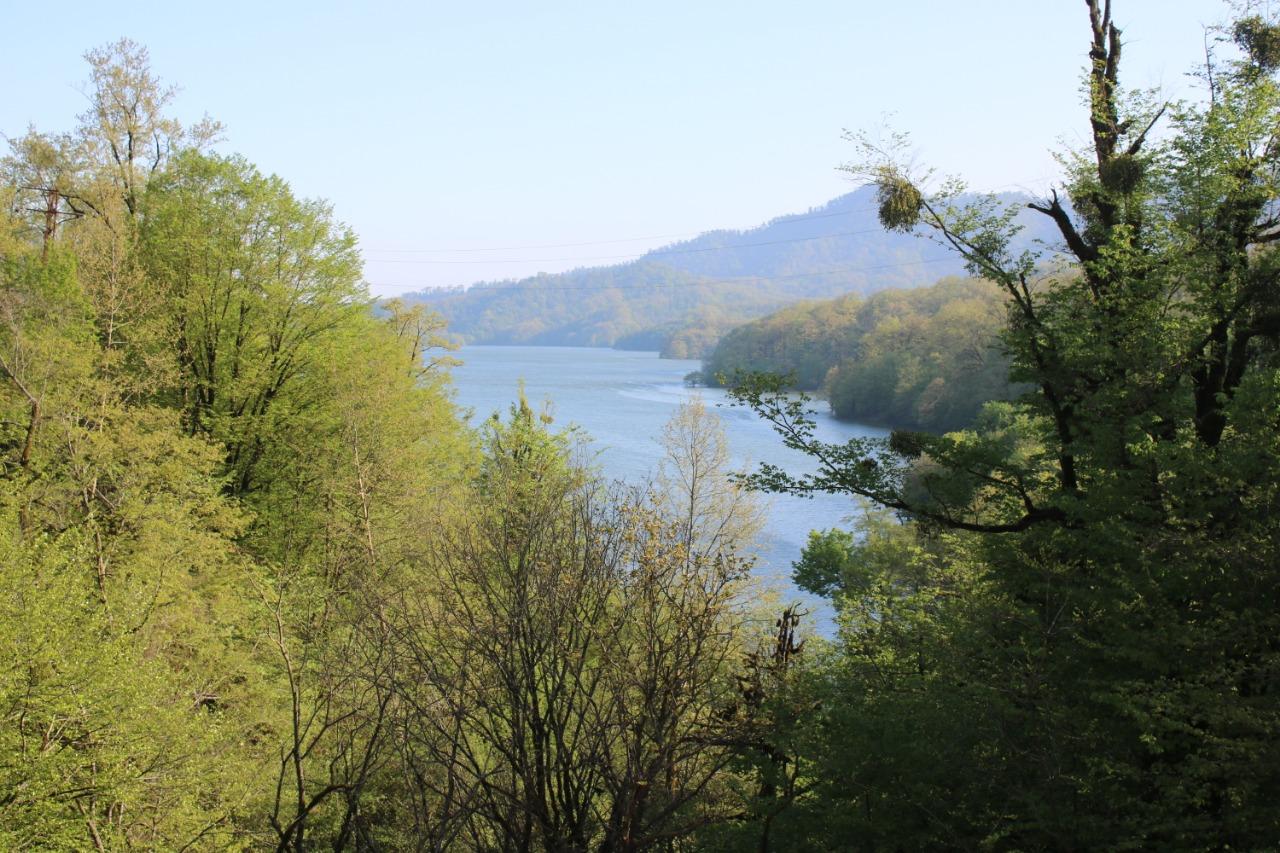Free entrance days in national parks [PHOTO]
![Free entrance days in national parks [PHOTO]](https://www.azernews.az/media/2019/04/19/ntrparks3.jpg)
By Laman Ismayilova
With its countless natural treasures, Azerbaijan boasts some of the most beautiful national parks. Regardless of whether you’re looking for places to walk or picnic, these magnificent sights are worth visiting.
National parks Absheron, Altiaghaj, Shirvan, Aggol, Hirkan, Goygol, Shahdag, Samur-Yalama, Gizilaghaj and Zangazur will be completely free to visit on on April 20-21.
The country’s national parks are home to a wide variety of wildlife including eagles, gazelles, bears, wolves, deer and wild boar.
Those who are lovers of amazing landscapes and brilliant nature formation should definitely visit some of these parks.
Absheron National Park
Absheron National Park is a great place for all those fascinated by nature.
Established on the basis of Absheron State Nature Sanctuary, the national park stretches 783 ha area of administrative territory of Baku city.
The national park is situated in the south-eastern end of Absheron peninsula in the Shah Dili territory. More than 50 bird and animal species live in Absheron National Park.
Gazelle, jackal, fox, rabbit, badger, Caspian seal, birds such as silver gull, wheezing swan, grey and red-headed white-eyed black ducks, big white bittern, sandpiper, bald-coot and other migrant birds have inhabited here.
Caspian seal which is considered rare species is encountered in the Caspian sea area of Absheron National Park. It can be found in the seal cape in May-August. Notably, Caspian seal is included into the Guinness Book Records as the smallest seal in the World Ocean.
Nearly 25 plant species exist in the national park. Some 17 species as well as one grown species of wormwood is encountered in Azerbaijan. Wormwood is a herbaceous, perennial plant with fibrous roots. It is commonly used for flavouring in some alcohol beverages.
Altiaghaj National Park
Altiaghaj is mostly covered by temperate deciduous broadleaved forests. The major types of trees are Persian Ironwood, Caucasian Oak, Caucasian Ash, European Hornbeam, Oriental Hornbeam, Oriental Beech, Silver Birch, White Birch, etc.
Established in 2004, the national park is home to the rare East Caucasian tur, a mountain dwelling goat antelope found only in the eastern half of the Caucasus Mountains. Other large mammals found here are the lynx, brown bear, wild boar, wolf, golden jackal, jungle cat, red fox, roe deer, badger, otter, etc.
Shirvan National Park
Established in 2003, Shirvan National Park was created with a foremost view to preserve components of a semi-desert landscape, protect goitred gazelles listed in the Red Book of Azerbaijan and species of fauna that are typical to this territory. Its functions also include the implementation of environmental monitoring, public environmental education, as well as creation of conditions for tourism and recreation.
A chain of hills is the main terrain that developed as a result of the wind’s work and serves as an excellent refuge and shelter for gazelles.
Gazelle is considered lesser spread species in the world among mammals. It exists mostly in Azerbaijan, Front, Middle and Central Asia. The territory of Azerbaijan is considered the main existence area of gazelles.
Aggol National Park
Aggol National Park was established in 2003 for the preservation of migrating routes, areas of wintering and nesting of waterfowl and wader birds, as well as for breeding of commercial fish species. The area of 4,400 ha covers the water area of lake Agyol.
One of the most beautiful lakes in Azerbaijan is located on the territory of the Agjabadi and Beylagan regions. This lake is inhabited by many species of birds included in the International Union for Conservation of Nature's Red List of Threatened Species and the Red Book of Azerbaijan.
These are lesser white-fronted goose, white-headed duck, marbled duck, ferruginous duck, little bustard, little cormorant, as well as flamingoes, pelicans, all 7 species of herons and a variety of species of ducks, geese, rails, waders and others. Wolf, jackal, fox, hare and a lot of bats are found here.
Hirkan National Park
Hirkan National Park is located on the shores of the Caspian Sea in the southeast of Azerbaijan. The national park was established in 2004.
Its mission is to ensure the preservation of relict and endemic plant species of the Tertiary period, protection of typical flora and fauna representatives of this area listed in the Red Book of Azerbaijan, implementation of environmental monitoring, public environmental education as well as creation of conditions for research, tourism and recreation.
The park is rich in plant species. The vegetation cover is mainly represented by trees and shrubs that form forests here.
Forests in the lower part predominantly comprise chestnut-leaved oak, ironwood and hornbeam together with black locust, Hirkan fig, Caucasian persimmon, etc.
Of 435 tree and shrub species in Azerbaijan, 150 grow in the Hirkan forests.
Front-Asian leopard, lynx, wild cat, badger, wild boar, roe deer, sika deer, raccoon can be found here. Front-Asian leopard, protected under the Red Book of Azerbaijan and IUCN list, live in the national park.
The Red-listed species also include Talish longhorn beetle, Talish ground beetle, speckled wood, Talish orangetip butterfly, Caspian parandra, brahmid moth and other insects.
Hirkan National Park numbers over 118 bird species, 16 of which, including black stork, osprey, Northern goshawk, imperial eagle, Talish Caucasian pheasant, black francolin, are listed in the Red Book of Azerbaijan.
Goygol National Park
Anyone visiting the Land of Fire should enjoy the magnificent views in Goygol National Park.
Cold climate with dry winter prevails in the area. Annual temperature wavers between 4-10˚C. Annual precipitation is 600-900 mm.
The national park includes one of the most beautiful and cleanest lakes in Azerbaijan - the Goygol Lake. The lake gets its name from its deep blue-colored water. It was formed in 1939 as a result of earthquake that occurred in Ganja. Parts of the Kapaz mountain collapsed and blocked the path of the Aghsuchay River.
The water in lake is always cold: even in August its temperature does not rise above +17 ˚C.
More than 423 types of trees, shrubs and medicinal plants grow here. In the surrounding forests you can meet wolves, foxes, deer, jackals, bears, lynx and many other animals. The lake area is ideal for walking, traveling, and family picnics. Recreation on the shore of the fresh lake is the best decision on hot days.
Shahdag National Park
Shahdag National Park covers a territory of 115,895 ha between five regions of the country. The Park was established in December 2006 to preserve mountain forests and pasture ecosystems located in high mountainous areas.
The height of the national park territory is the main reason behind its climatic diversity, fertility of flora and richness of animal life. The landscape of the territory is fantastic and the mountains attract not only tourists, but also sportsmen to the highest peak of the country, Bazarduzu Mountain of 4,466 meters above sea level.
The major types of trees are Caucasian oak, Caucasian and European hornbeam, Oriental hornbeam, Oriental beech, silver birch, birch, yew, white willow, walnut, wild cherry, etc.
The national park is home to the rare East Caucasian tur. Other large mammals found here are the Caucasian and bezoar ibex, domestic goat, Caucasian lynx, Syrian brown bear, wild boar, Indian wolf, jackal, jungle cat, red fox, roe deer and others.
Samur-Yalama National Park
Samur-Yalama National Park is a national park of Azerbaijan. It was launched by the President of Azerbaijan Ilham Aliyev on November 5, 2012 in Khachmaz.
The park's goal is preservation of the biological and genetic diversity of several unique natural areas, as well as the historical-cultural objects of the region.
The park is rich in plant species. It is home to chestnut oak and Persian ironwood.
Animals like black kite, eastern imperial eagle, otter, reed cat, lynx, chamois, Caspian red deer and brown bear can be found here.
Gizilaghaj National Park
Gizilaghaj National Park was created for the purpose of protecting, creating conditions for wintering and nesting of migrant, swamp and wild birds in 1929.
Together with Aggol National Park, it was included in the list of UNESCO Ramsar Convention "On international importance of wetlands as birds' residing places."
Such mammals as wild boar, wolf, wild cat, badger, sable, fox, etc live in the park.
There are also 54 fish species in the park including clupea, caspian kutum, carp, wels catfish, sander marinus, etc.
Zangazur National Park
Zangazur National Park was established in 2009 on the base of Ordubad National Park in the Nakhchivan Autonomous Republic. It was named after Academician Hasan Aliyev who is considered as the founder of ecology in Azerbaijan.
Nakhchivan is known to have 62 mammal species and subspecies. Some 32 of them, such as blazilius horseshoe bat, southern horseshoe bat, porcupine, manul, bezoar goat and Caucasian muflon live in Zangazur National Park.
Moreover, approximately 12 carnivorous mammals such as leopard, wolf, jackal, fox, stripped hyena, badger, wild cat and other predators represent the major part of the fauna in the park.
In addition to mammals, 217 bird species and subspecies such as Levant sparrow hawk, great white pelican, dalmatian pelican, white-tailed eagle, lammergeyer, short-toed eagle, great bustard and little bustard can be found in Nakhchivan. Notably, 15 of these species were added in the Red Book.
Zangazur National Park is also rich in rare plants. About 77 plants, including Iris elegantissima, Himantoglossum formosum, Dorema glabrum, etc. can be found here.
---
Laman Ismayilova is AzerNews’ staff journalist, follow her on Twitter: @Lam_Ismayilova
Follow us on Twitter @AzerNewsAz
Here we are to serve you with news right now. It does not cost much, but worth your attention.
Choose to support open, independent, quality journalism and subscribe on a monthly basis.
By subscribing to our online newspaper, you can have full digital access to all news, analysis, and much more.
You can also follow AzerNEWS on Twitter @AzerNewsAz or Facebook @AzerNewsNewspaper
Thank you!

